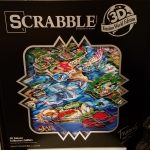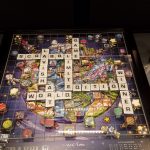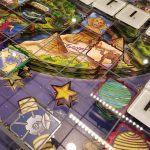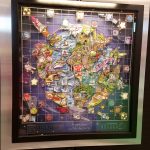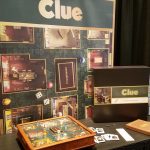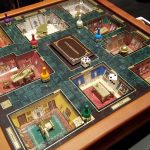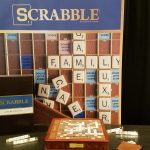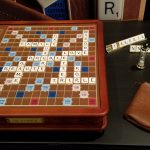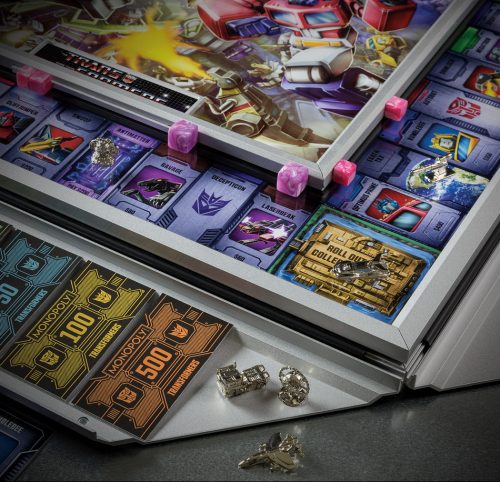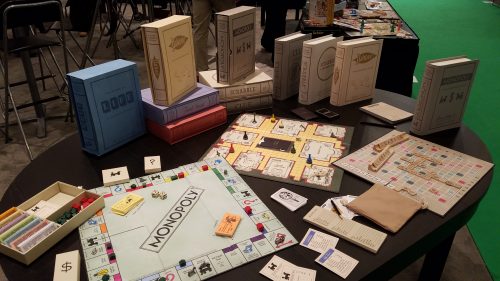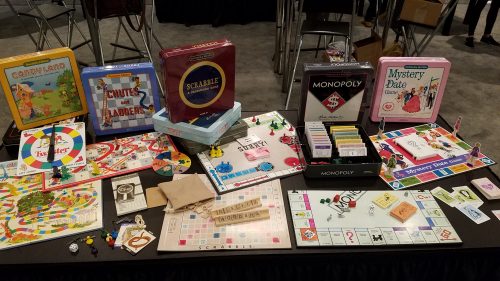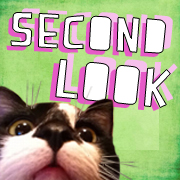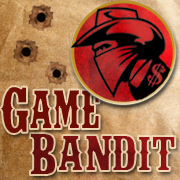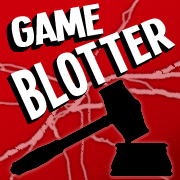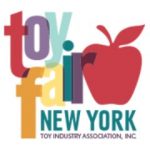 The folks at WS Game Company were busy with buyers from store chains large and small at Toy Fair this year and it’s no wonder. The company makes high-end versions of classic boardgames. These are games that put presentation above all else, whether it’s something as inexpensive as their $25-$30 Nostalgia Tin line or their top-of-the-line Franklin Mint Collector’s Editions of Scrabble and Monopoly (both available now, $500).
The folks at WS Game Company were busy with buyers from store chains large and small at Toy Fair this year and it’s no wonder. The company makes high-end versions of classic boardgames. These are games that put presentation above all else, whether it’s something as inexpensive as their $25-$30 Nostalgia Tin line or their top-of-the-line Franklin Mint Collector’s Editions of Scrabble and Monopoly (both available now, $500).
Yesterday, we showcased the Monopoly Miami Edition with art from Romero Britto. Next to that game was a Scrabble set, featuring the artwork of Charles Fazzino. This set, the Scrabble 3D World Edition (available now, $500), features layered elements creating a 3D piece of artwork below the playing surface. The glass letter tiles are larger than your standard Scrabble set. Like the Monopoly set, this art edition of Scrabble is limited to 2000 copies.
- Scrabble 3D World Edition
- Hey! That is not a legal play!
- Closer…
- Or maybe you want to frame it?
Perhaps you want a simple “luxury” edition of Scrabble, Monopoly, or Clue? On April 15th, they will be available for $250 apiece. Both Monopoly and Scrabble come with gold foil-stamped play elements (the outer path, houses and hotels, and tokens in Monopoly, the raised grid, sand timer, and tile holders in Scrabble). Monopoly has the central area sunken for dice rolling on a faux-leather surface while Scrabble has faux-ivory letter tiles. Of this line, the one that really caught my eye was the Clue edition with sunken, three-dimensional mansion rooms beneath the glass surface. The murder weapons and the bases of the suspects are gold foil-stamped as well.
- Clue!
- Each room as a showpiece element inside.
- Scrabble!
- Now these all look like legal plays.
But then there’s the glass versions of Monopoly and Scrabble that will be available in August at a price point yet to be determined. The game art on these is printed on tempered glass. The Scrabble set’s board rotates and the tiles have non-slip coatings to keep them in place. The Monopoly board has more glass elements: not only is the board glass, but the houses and hotels are as well. These are sharp-looking games, even though they come with rounded corners.
- One of the few times the reflections of the lights in the convention center helped.
- The other time.
The Monopoly Transformers Edition appears to be a piece of artwork featuring Generation 1 Transformers, but the frames swing open to reveal the themed outer track. Instead of properties, you’re purchasing transforming robots that… you place houses and hotels on to collect rent? Okay. Unlike most licensed Monopoly games, there is no Go! space — here, it’s ROLL OUT! (and collect $200). To be released in August, the price hasn’t been determined yet, but you can mortgage Megatron for $160 to help save up.
WS Game Company’s line of vintage bookshelf games did amazingly well for them last year. At a $40 price point for Monopoly, Scrabble, and Clue, these games in book-like boxes is inspired by vintage graphics. Coming out later this year (August, again) at a price point that’s unknown (but probably $40 like the currently-available batch) are Yathzee’s 1956 edition, The Game of Life’s 1960 edition, Trivial Pursuit’s 1981 Genius edition, and Scattergories’ 1988 edition.
Twister joins the Collectible Tin line, alongside Candy Land, Chutes & Ladders, Scrabble, Monopoly, Clue, Sorry!, and Mystery Date. Twister, available in August as well, will retail for $30, like the majority of the line. Candy Land and Chutes & Ladders are the only outliers at the $25 level.
- Comments Off on Toy Fair 2017—WS Game Company
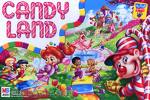 Dungeons & Dragons isn’t the only game-based film project that may land Hasbro in court. The company is being sued by Landmark Entertainment Group over the Candy Land movie being developed by Columbia Pictures.
Dungeons & Dragons isn’t the only game-based film project that may land Hasbro in court. The company is being sued by Landmark Entertainment Group over the Candy Land movie being developed by Columbia Pictures.
Landmark claims that the Candy Land characters it developed for Hasbro were only licensed for use in toys, not in any other products, such as “animated or live action films, handheld electronic games, or DVD-based video games.” Before the 1980s, only the locations on the board game were named. Characters, such as Princess Lolly and Lord Licorice, were introduced 40 years after Candy Land was first published.
According to Landmark’s complaint, the company first learned of Hasbro’s plans for a movie, set to star Adam Sandler, in 2013. It then discovered that Hasbro had also produced in the intervening years floor puzzles, animation on video cassette, a handheld electronic game, and a DVD video game. Hasbro claims that the characters, artwork, and storylines were works-for-hire.
[via Law360]
- Comments Off on Hasbro Sued Over Candy Land Movie
Trending
- Massdrop.com
- Oh the Irony—Illuminati Card Game Continues to Inspire Conspiracy Theorists
- Footprints, an Educational Ecology Game
- USPS Adds Board Game Flat Rate Box
- Home
- Baila, the Estonian Drinking Card Game
- Crystal Caste Wins Dice Patent Suit Against Hasbro
- Mirror Game, Red and Blue
- Hasbro and Mattel Merger?
- Are Board Games Dangerous?
Archives
Most Popular Articles
- Oh the Irony—Illuminati Card Game Continues to Inspire Conspiracy Theorists
- The 20 Most Valuable Vintage Board Games
- The Truth About Dominoes On Sunday in Alabama
- Sequence Game, and Variants
- USPS Adds Board Game Flat Rate Box
- Baila, the Estonian Drinking Card Game
- The 13 Most Popular Dice Games
- Are Board Games Dangerous?
- Guess Who? The Naked Version
- What Happened to the Jewel Royale Chess Set?
Recent Posts
- Toy Fair 2019—Breaking Games
- Talisman Kingdom Hearts Edition
- Toy Fair 2019—Winning Moves
- Toy Fair 2019—Games Workshop
- Toy Fair 2019—Star Wars Lightsaber Academy
- Toy Fair 2019—Stranger Things Games
- Toy Fair 2019—HABA
- Licensing Roundup
- Game Bandit
- 2018 A Difficult Year For Hasbro But Not For D&D Or MtG
Recent Comments
- on Toy Fair 2019—Winning Moves
- on Game Bandit
- on Second Look—Dungeons & Dragons Waterdeep Dragon Heist
- on Crowdfunding Highlights
- on Beyblade SlingShock
- on Game Bandit
- on Game Bandit
- on Watch This Game!, the Board Game Review Board Game
- on Second Look—Vampire: The Masquerade 5th Edition
- on Palladium Books Loses Robotech IP License, Cancels Five-Year-Overdue Robotech RPG Tactics Kickstarter

